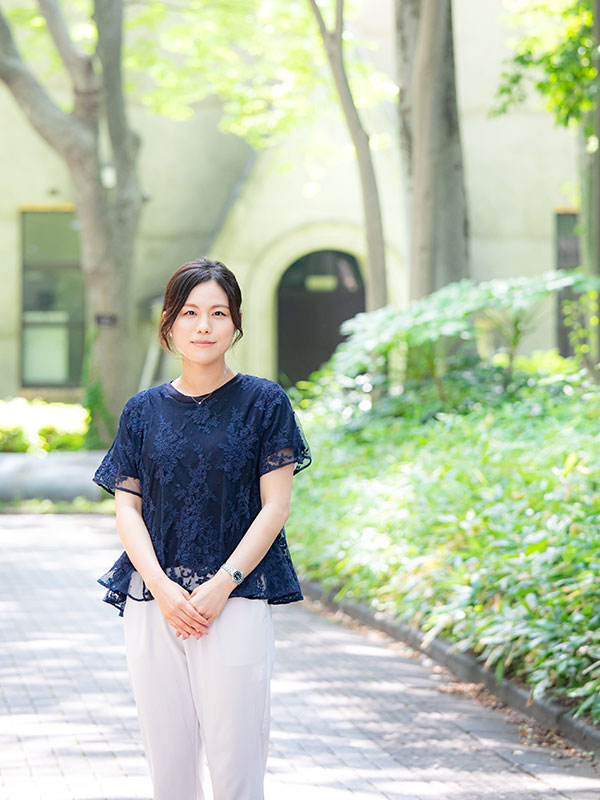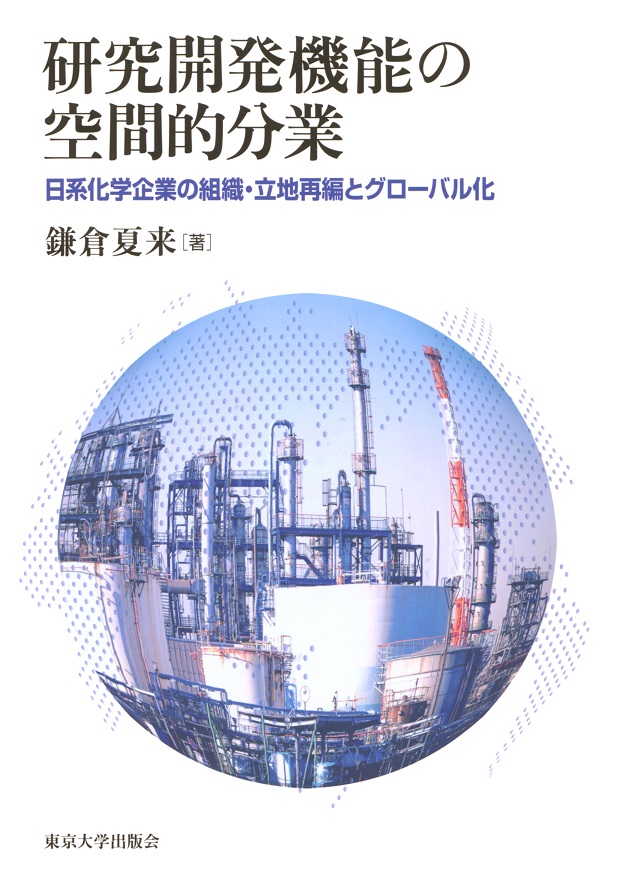Analyzing the locational stickiness of industrial sites From shifts in factory distribution and function

UTokyo 30s
Up-and-coming young researchers
Of the approximately 5,800 faculty members active at the University of Tokyo, we have selected nine energetic young researchers in their 30s. In terms of their job titles, there is one professor, two associate professors, one project associate professor, one lecturer, one project lecturer and three research associates. What kind of research are they engaged in day to day? And what is their temperament like? Let’s find out.
| Economic Geography |
Analyzing the locational stickiness of industrial sites
From shifts in factory distribution and function
 Natsuki Kamakura Natsuki KamakuraResearch Associate, Graduate School of Arts and Sciences |

Economic geography is a field of study that analyzes a variety of economic activities based on the locations of companies and people. In this context, as an avid enthusiast of maps and topographical charts since her adolescence, Research Associate Natsuki Kamakura specializes in studying spatial distributions in research and development (R&D) functions of factories operated by large firms, as well as how such distributions change over time.
“When I find a paddy field in an utterly inefficient spot deep in the mountains or a factory in an unlikely location, I become interested in knowing why the paddy field exists in that spot or how on earth the necessary logistics work for the factory.”
After setting her sights on becoming a geographer, Kamakura enrolled at the University of Tokyo. There, it was to the Department of Human Geography that Kamakura came knocking to learn about the field. For her graduation thesis, she visited more than 10 companies to examine changes in the use of factory sites along the Tokaido Line in Kanagawa Prefecture. Through the study, she found that patterns of land use differed in accordance with their distance from Tokyo. For example, as with the construction of commercial facility Lazona Kawasaki Plaza on the former site of a Toshiba Corp. factory, a large proportion of areas located between 15 and 35 km from Tokyo Station were converted to residential and commercial facilities, while areas that had retained their industrial use were predominant at greater distances.
“The manufacturing industry, while supporting the region as an employer, is also a tax-paying entity. So when factories are relocated and their former sites are converted for residential use, social welfare costs will increase due to population growth while local tax revenues experience a decline. By systematically showing how factories are positioned within organizations and how their functions have changed, I am hoping to be able to suggest the degree to which it is possible for firms to stay in the local area and directions for the policies that local governments will need to work out to that end.”
Kamakura, who also enjoys seeing factories in her spare time, such as by participating in evening cruises to see the illuminated factories against the night sky, has so far visited at least 300 sites across Japan. In the future, she plans to engage in factory research in the Hokuriku region through the Collaborative Research Organization for Future Regional Society headed by her mentor, Professor Hiroshi Matsubara.
“Hokuriku is home to a large concentration of manufacturing bases for machine tools and machines that make machines, known as ‘mother machines.’ Does this technology rely on local personnel? Does it rely on rights and intellectual property held by the corporation? Knowing the difference will tell us whether or not a firm will remain embedded in the area, and whether or not it would be unsustainable elsewhere.”
For example, we may find that Hokuriku’s cold climate nurtures talented personnel who work hard to manufacture goods indoors.
“While we mustn’t overstate the idea that everything is determined by our environment or some innate ‘regional mentality,’ if, in reality, such workers are easy to find there, we will be able to express this to some extent in numerical values. I plan to continue analyzing locational stickiness and the development of industry.”
| Q & A | |
|---|---|
| What are your memories of your student days at the university? | “I was completely engrossed in club activities. I was the captain of the women’s table tennis club and spent six days a week practicing.” |
| What kind of person is your mentor Professor Matsubara? | “He finds enjoyment in research, and it is amazing how he can strike up a conversation with anybody, anywhere.” |
| What do you do in your off time? Do you enjoy any television programs? | “Working out and spinning at the gym.” “The American comedy ‘Seinfeld’." |
| Is there anything you would like to say to the university? | “A lot of the researchers around here tend to look a bit pasty-faced. I think the university should increase the number of exercise facilities to help us lead healthy lives!” |
| Book authored by Research Associate Natsuki Kamakura: Kenkyu-Kaihatsu-Kino no Kukan-Teki-Bungyo (Spatial Divisions of Labor in R&D) (University of Tokyo Press, 2018; ¥6,600 + tax) |
* This article was originally printed in Tansei 39 (Japanese language only). All information in this article is as of September 2019.







